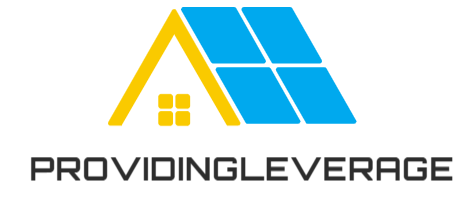In the vast and ever – evolving landscape of solo development, having the right set of tools and technologies is like having a trusty toolkit for a master craftsman. It’s the difference between a chaotic struggle and a streamlined, productive journey. This is the story of the indie stack that has become the backbone of my solo dev life, a carefully curated collection of resources that empower me to bring my ideas to life, one line of code at a time.
At the heart of my stack lies the programming languages I’ve chosen to work with. For web development, JavaScript is my go – to companion. Its versatility is truly remarkable. Whether I’m building interactive front – end interfaces that dance with user input or crafting server – side applications with Node.js, JavaScript allows me to express my creativity freely. The ecosystem around it is a bustling marketplace of libraries and frameworks. React, with its component – based architecture, enables me to break down complex UIs into manageable, reusable pieces. It’s like building with digital Lego blocks, where each component serves a specific purpose and can be combined in countless ways to create stunning user experiences.
On the back end, Python makes its mark. Its clean syntax and powerful libraries make it a joy to work with for tasks such as data processing, automation, and even building APIs. The simplicity of Python code means that I can quickly prototype ideas and iterate on them. For instance, when I need to analyze large datasets or perform complex calculations, Python’s NumPy and Pandas libraries are my allies, providing efficient ways to handle and manipulate data.
When it comes to database management, I’ve found a reliable partner in PostgreSQL. Its robust features, support for complex queries, and excellent data integrity make it a rock – solid foundation for storing and retrieving data. Whether I’m dealing with structured data for a business application or unstructured data for a more experimental project, PostgreSQL adapts with ease. The ability to define custom data types and use advanced indexing techniques gives me the flexibility to optimize my database for the specific needs of each project.
To manage my projects and keep everything organized, I rely on Git for version control. It’s like a time machine for my codebase. I can track every change, collaborate with others (even if it’s just with my future self on different branches), and easily roll back to previous versions if something goes wrong. GitHub, with its user – friendly interface and extensive community, serves as my remote repository. It’s not just a place to store my code; it’s a platform where I can showcase my work, learn from others, and participate in open – source projects.
For communication and collaboration, even as a solo dev, tools like Slack and Discord have their place. They keep me connected with the wider developer community. I can join channels dedicated to my favorite technologies, ask questions, share my experiences, and stay updated on the latest trends. These platforms are also great for bouncing ideas off fellow developers and getting valuable feedback on my projects.
When it comes to hosting my applications, I’ve explored a few options. For smaller projects or quick prototypes, services like Heroku offer a hassle – free way to deploy applications with just a few clicks. Their simplicity and support for multiple programming languages make them ideal for getting something up and running in no time. For more serious, production – level applications, I might turn to cloud providers like DigitalOcean. It gives me more control over the server environment, allowing me to optimize performance, configure security settings, and scale my application as needed.
In the realm of design and prototyping, Figma has become an indispensable part of my workflow. It allows me to create wireframes, design user interfaces, and collaborate with designers (even if it’s just me wearing the designer hat). The real – time collaboration features and the ability to share designs easily with clients or stakeholders make the design process seamless.
This indie stack is not set in stone. As the tech world evolves, I’m constantly on the lookout for new tools and technologies that can enhance my workflow. Each piece of this stack has been carefully chosen based on my needs, preferences, and the requirements of my projects. Together, they form a cohesive ecosystem that enables me to navigate the challenges of solo development with confidence and creativity, turning my visions into reality one step at a time.



